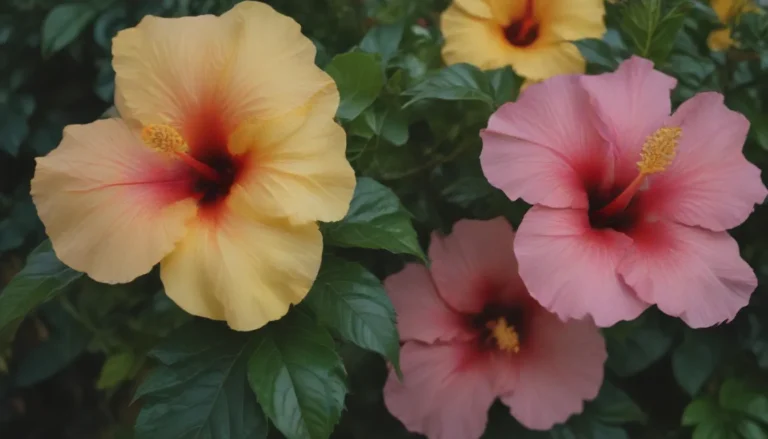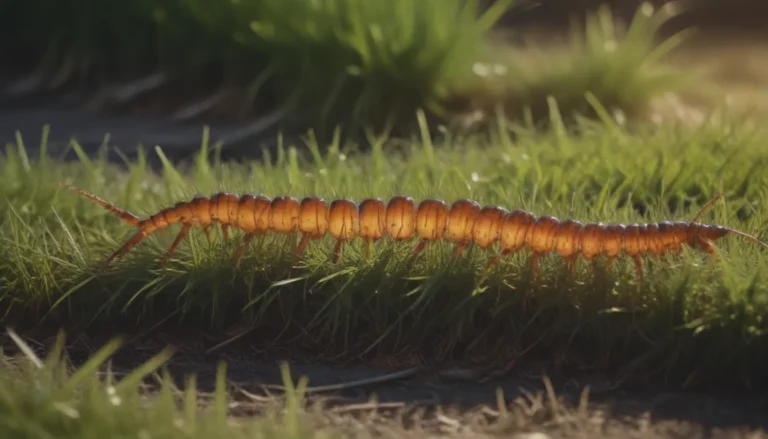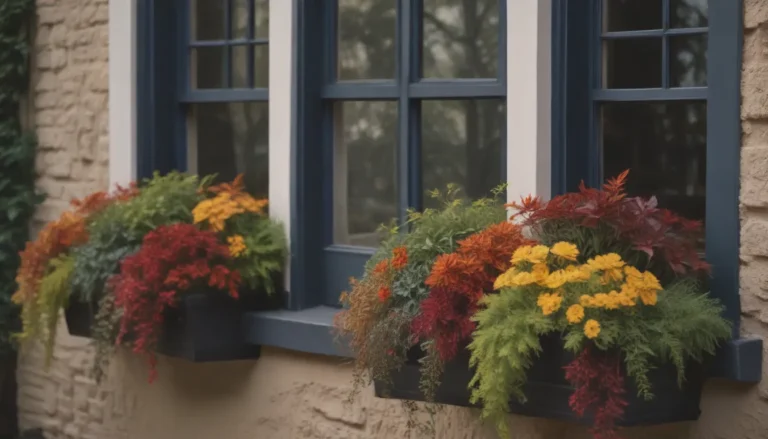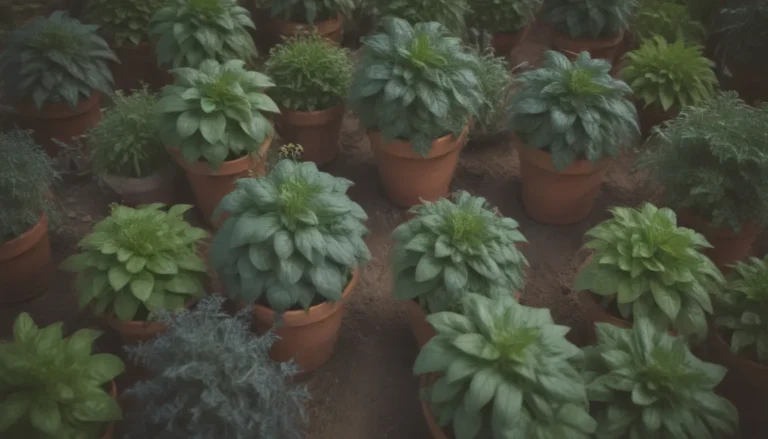The Ultimate Guide to Growing and Caring for Gladiolus
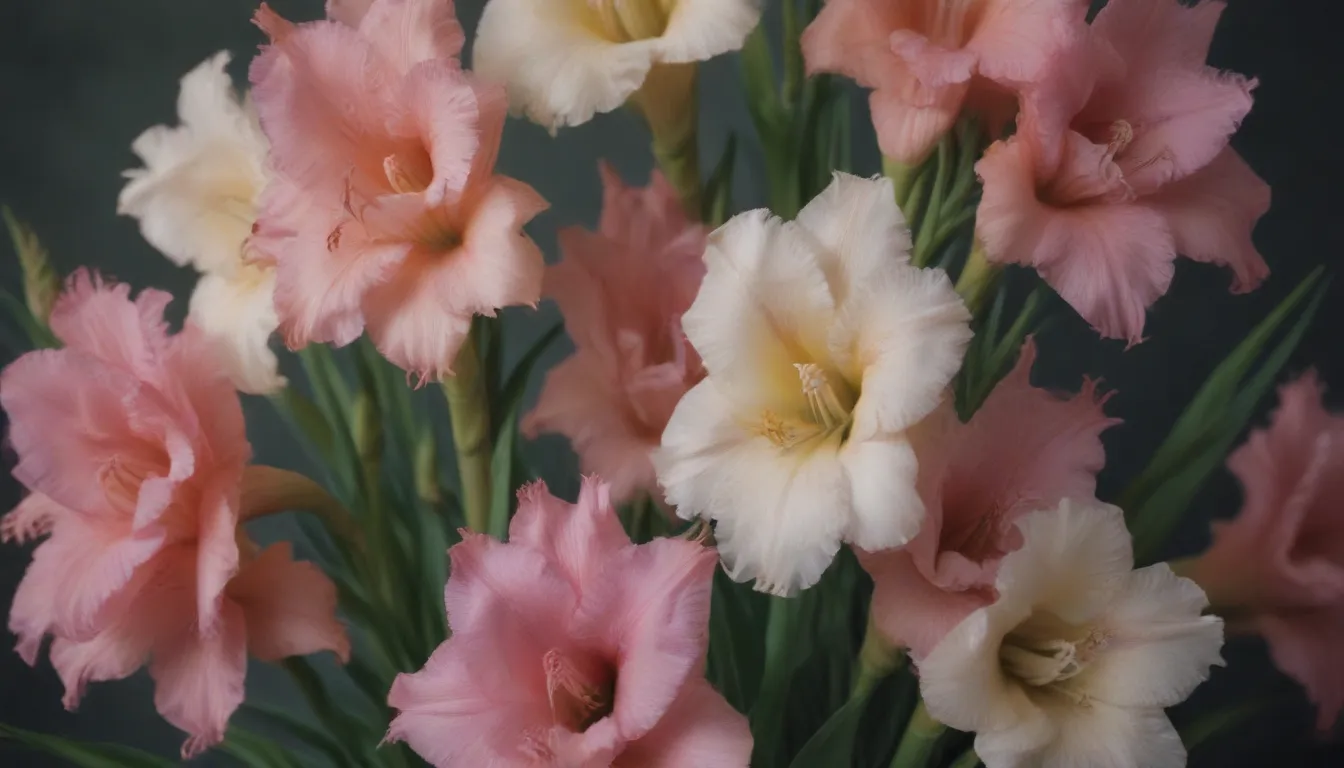
If you’re looking to add a touch of drama and color to your garden, look no further than gladiolus. These summer bulbs, also known as corms, belong to the Iridaceae family and can create a stunning display of vibrant blossoms. Whether you have a spacious garden or a small balcony, gladiolus plants are a smart choice for adding vertical interest. In this comprehensive guide, we’ll cover everything you need to know about growing and caring for gladiolus to ensure they thrive in your garden.
The Beauty of Gladiolus
Gladiolus plants are fast-growing and can reach heights of 2-5 feet, making them a striking addition to any garden border. These colorful flowers, also known as flag flowers and sword lilies, attract pollinating insects to increase vegetable yields in your garden. While gladiolus can add beauty to your garden, it’s important to note that they are mildly poisonous to pets and livestock. If ingested, animals may experience symptoms such as nausea, diarrhea, and lethargy, so it’s essential to keep corms out of reach.
Gladiolus Care Tips
To ensure your gladiolus plants thrive, it’s essential to provide them with the right growing conditions and care. Here are some key care requirements for growing gladiolus:
- Light: Gladiolus plants thrive in full sun but can still flower in partial shade.
- Soil: Plant gladiolus bulbs in well-draining soil at least 6 inches deep to provide support to emerging shoots.
- Water: Water newly planted gladiolus bulbs well and then weekly to keep them hydrated.
- Temperature and Humidity: Wait until night temperatures reach 60 degrees Fahrenheit before planting gladiolus bulbs. They bloom from July until frost, and planting new corms every two weeks can extend the blooming season.
- Fertilizer: Fertilize newly emerged gladioli shoots with a balanced 10-10-10 liquid fertilizer to promote healthy growth.
Gladiolus Varieties
When it comes to gladiolus varieties, there are several options to choose from. Here are some popular varieties to consider for your garden:
- ‘Atom’
- ‘Boone’
- ‘Green Lace’
- ‘Lucky Star’
Pruning and Propagating Gladiolus
Proper pruning and propagation are essential for maintaining healthy gladiolus plants. Here are some tips for pruning and propagating gladiolus:
- Pruning: Pinch back dead flowers after they wither and cut back the bloom to ground level once the plant is done blooming.
- Propagating: Gladiolus can be propagated by dividing corms or harvesting seeds. You can purchase premium-sized corms to produce more blooms on heftier stalks.
Growing Gladiolus From Seed
While it is possible to grow gladiolus from seed, don’t expect to see blooms for many years. If you’re looking to start your gladiolus journey, consider purchasing 14-centimeter corms for optimal results.
Potting and Overwintering Gladiolus
Gladiolus plants grow well in containers, making them a versatile choice for any garden. You can also overwinter gladiolus bulbs in cooler climates by digging them up for storage. Ensure the bulbs are dried and stored in a cool, dry place until the next growing season.
Common Pests and Plant Diseases
Thrips are a common pest that may bother gladiolus plants. Look out for brown foliage tips and flecked foliage, and treat thrips with insect soap to keep your plants healthy.
Maximizing Bloom Time
To encourage more blooms from your gladiolus plants, regularly fertilize them with an 8-8-8 balanced fertilizer mixture that is low in nitrogen. This will help form foliage, resulting in more blooms. Gladiolus typically bloom from June to July and can reappear year after year if well-maintained.
Enhancing Your Garden with Gladiolus
To make the most of your gladiolus plants, consider planting them alongside other flowers in your garden. They may look ungainly when not in bloom, but planting them behind medium to tall plants like zinnias or dahlias can help hide their awkward phase and create a beautiful floral display.
Conclusion
In conclusion, gladiolus plants are a versatile and colorful addition to any garden. By following these care tips and guidelines, you can ensure that your gladiolus plants thrive and bring joy to your outdoor space. Whether you’re a seasoned gardener or a beginner, growing gladiolus can be a rewarding experience that adds beauty and drama to your garden. So, why not give gladiolus a try and watch your garden bloom with these vibrant flowers!
